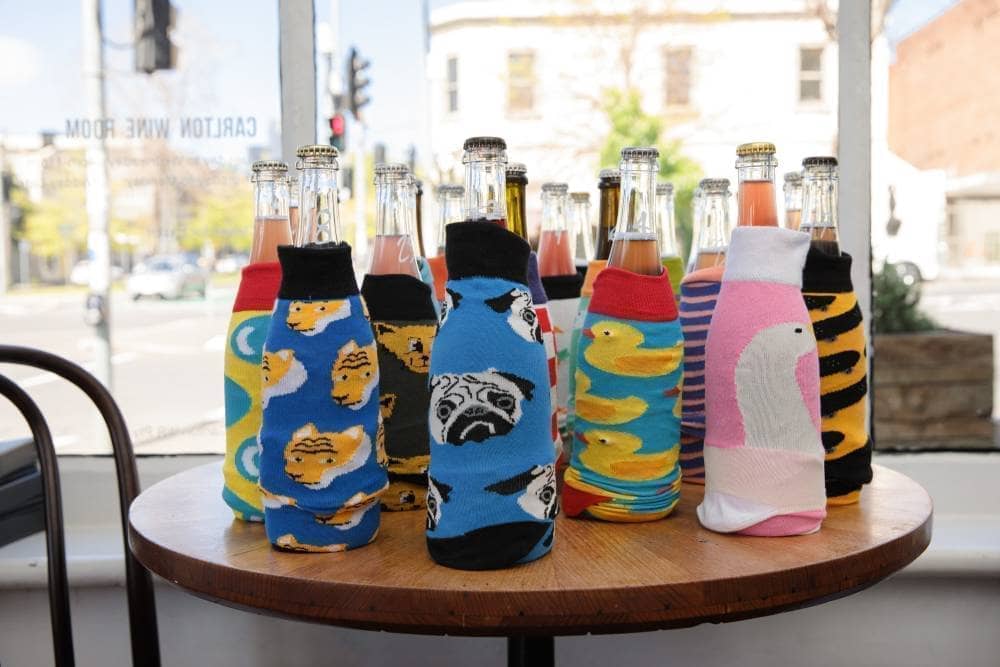Cinsault has been grown in Australia since pioneering days, but it has typically been swallowed by blends. However, its ability to shrug off hot and dry conditions and still make elegant wines with plenty of acidity is seeing its star rise in warmer zones like the Barossa Valley.
Also known as
The most common synonym of cinsault is just an alternative spelling, cinsaut. In Catalonia, Spain, samsó can refer to both cinsault and carignan, while sinsó is a standalone synonym. Cinsault has also gone by the synonyms blue imperial and oeillade.
What cinsault tastes like
Fragrant and quite pretty, cinsault can have very lifted aromas of red berry fruits, like raspberry, strawberry and cherry, while some blue floral notes, like violet also typically feature. Cinsault would rarely achieve much more than mid-weight, with gentle tannins and decent acidity.
Vineyard & winemaking
Cinsault is very much a warm-climate grape, thriving in arid conditions and being untroubled by drought. Those dry conditions also suit its low tolerance to disease, with humidity and lower temperatures a threat to berry health. Cinsault can also produce notable crops, but not if quality is the aspiration. Cinsault is more often than not blended, with it usually combined with Southern French grapes.
Where is cinsault grown?
An important grape in Languedoc-Roussillon, cinsault is generally used to add freshness and fragrance to blends of grenache, mourvèdre and carignan, and is a major contributor to Provence rosé. Cinsault is also present throughout the Southern Rhône, but it is becoming less and less prevalent.
Cinsault around the world
Cinsault’s adaptability to hot conditions has seen it become a lead variety in hot viticultural zones, such as in North Africa, Lebanon and Israel. It is also grown widely in South Africa where it is the parent, along with pinot noir, of pinotage. Cinsault is also planted in the US, with vines going back to 1885. The majority of plantings are in California, with some in Washington State. There are also some 50 hectares of cinsault in Puglia, Italy, where it is called ottavianello
Cinsault in Australia
Australia has had cinsault in the ground since the earliest days of viticulture here, but it has rarely been bottled solo. In fact, it’s inclusion in a blend is also a rare thing to declare. Planted in warmer zones like the Barossa, cinsault may have been present for most of this country’s winegrowing history, but it’s hard to determine just how much is actually in the ground. The last national survey of vineyards does not itemise it separately, so it’s fair to say there’s not a lot, though how much is anyone’s guess. In the hands of makers like Spinifex’s Pete Schell, Abel Gibson of Ruggabellus and Steve Crawford of Frederik Stevenson, cinsault is making its mark, albeit mainly in blends, while Year Wines, Brash Higgins and Rusden have all made varietal bottlings, and Micro Wines’ Jonathan Ross MS is specialising in it sourced from old vines planted in the sandy soils of Vine Vale. Its ability to handle hot dry conditions mark cinsault as a future star for Australia’s warmer regions.
Some of the best Australian cinsault
Brash Higgins
Frederick Stevenson
Mattara
Micro Wines
Morris Wines
Rouleur (blend)
Ruggabellus
Rusden
Smallfry Wines
Spinifex (blend)
Year Wines


